Birds, bees and anything beyond, there’s nothing quite like wildlife, especially in the back garden, where you can see nature thrive in the right conditions. If you’ve found yourself enthralled by the nature garden programmes on TV and are eager to create your own conservation space in your back garden, you can do just that with some simple adjustments.
That’s where our guide comes in. Here, you can find a fantastic range of wildlife-friendly garden ideas and discover what little things to do to make a big impact, such as welcoming bugs as guests via your own little insect hotel or building a pond for frogs and other water-based wildlife to pop into the garden for a drink and swim.
You’ll also learn more about the benefits of creating a wildlife-friendly garden and understand why some actions that are usually unwanted for a garden might be better for them. Like keeping weeds or letting the grass grow to extraordinary lengths. Don’t wait, read on to find out more!
Table of contents
- How to attract birds to your garden
- How to attract insects to your garden
- How to attract small mammals to your garden
- How to attract amphibians to your garden
How to attract birds to your garden
Here are some primary actions you can take to entice birds to visit your garden.
Bird boxes and feeders
The staple of attracting birds, bird boxes and feeders are one of the easiest ways to get their attention. You can place an array of food in them like seeds, nuts and even homemade fat balls. Just make sure to include clean unfrozen water as well so there is a nice fresh drink for them to hydrate.
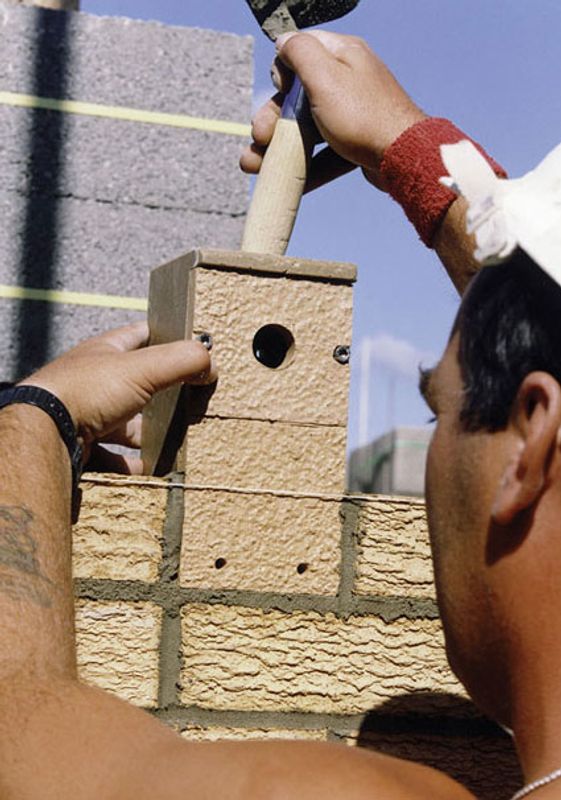
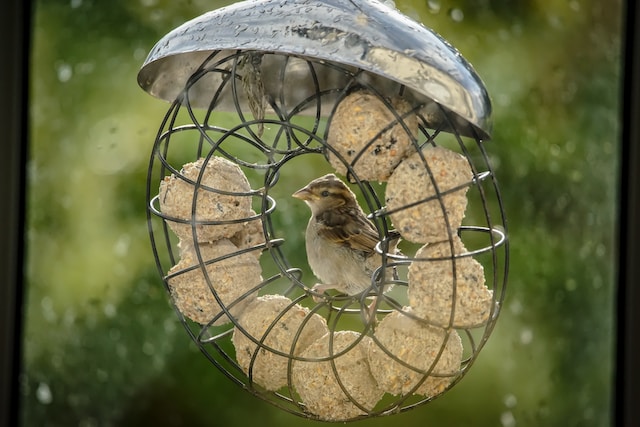
Feeding this way also works in winter, arguably a vital time for bird feeding as food is likely sparse.
One big thing to remember is to ensure the feeding table is not easily accessible by unwanted feeders. Things like cats and squirrels are highly likely to get to the feeder if it’s easy to reach, so try to find a good spot and don’t forget to clean them.
Squirrel-proof feeders are also a possible purchase, so keep an eye out for this if you have an issue with them.
Fit plant climbers
A climber (e.g. a trellis) is a climbing plant’s best friend. They’re fitted on walls and fences to allow climbing plants to move up the feature and cover the surface. This allows for wildlife to hide and nest.
Why does this help birds? Well, ivy is one of those climbing plants and they’re exceptionally useful for the avian species, as they have the potential to grow winter berries, which birds love. In addition to birds, ivy is adored by insects for its autumn flowers as it serves as a handy pollen source.
Another climbing plant is honeysuckle. This one looks beautiful and is just as good for supporting wildlife.
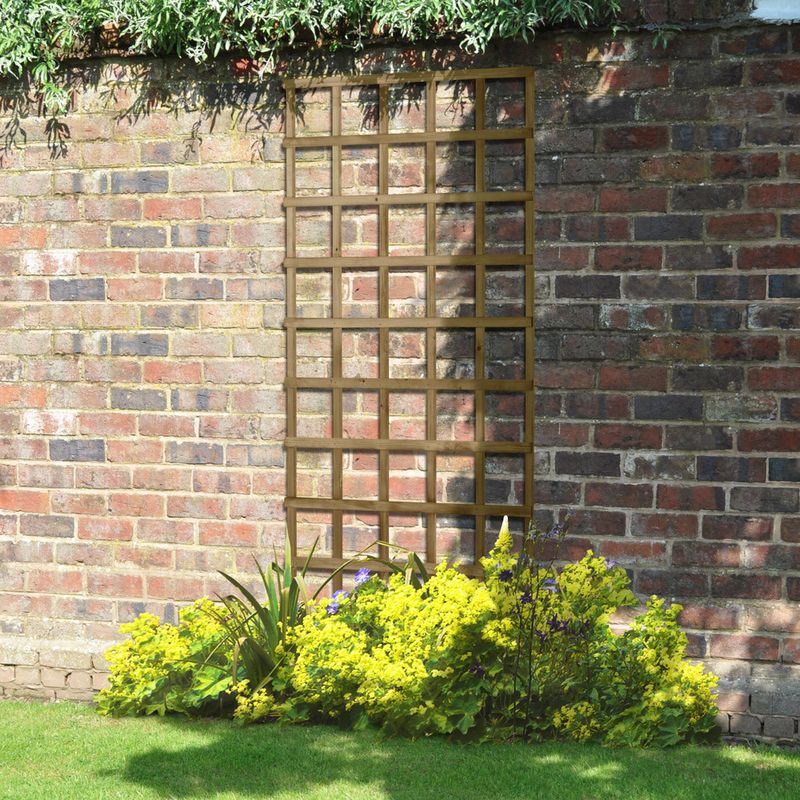
Go greener with trees and hedges
What’s a bird without a nesting space? That’s exactly why planting trees and hedges is great because they serve as nesting spaces. Additionally, they also serve as a ‘natural highway’ for birds to pass through safely, shielding them from abrupt weather changes and predators.
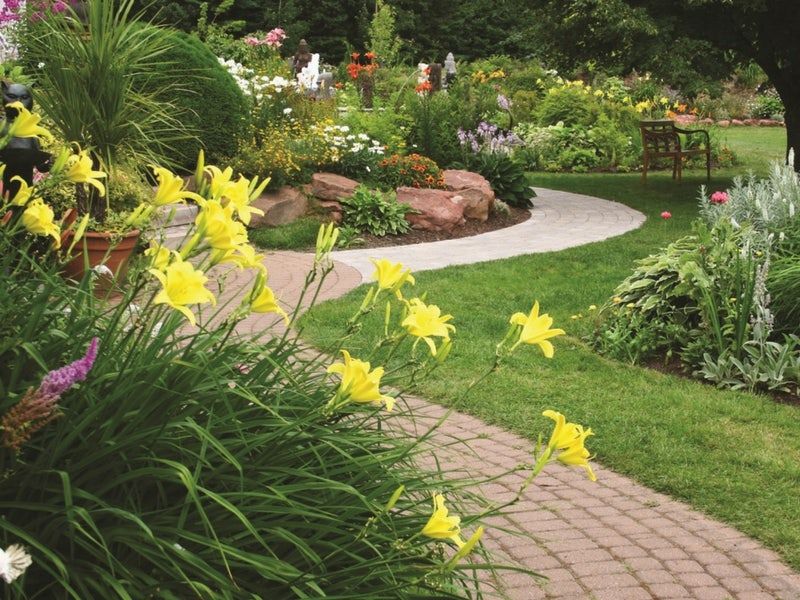
How to attract insects to your garden
Leave the grass to grow
Go against the instinct to cut the grass and instead let it grow long. It’s a rare form of garden habitat, offering many insects and plants the opportunity to thrive in an environment that would otherwise limit them.
Tip: If you’re not a fan of a completely overgrown garden, cut down your favourite areas to allow birds like blackbirds, robins etc to help them to feed on their favourite insects like worms.
Build a hotel…for insects!
You read that right. Build a hotel for all your favourite crawly critters using rocks and twigs. This method is perfect if you want beetles, spiders and other unique bugs to take refuge in the garden area.
Rotting wood is also a choice and is wanted highly for its rarity as a habitat. This is ideal if you have an old shed or something similar that you’ve been meaning to dismantle.
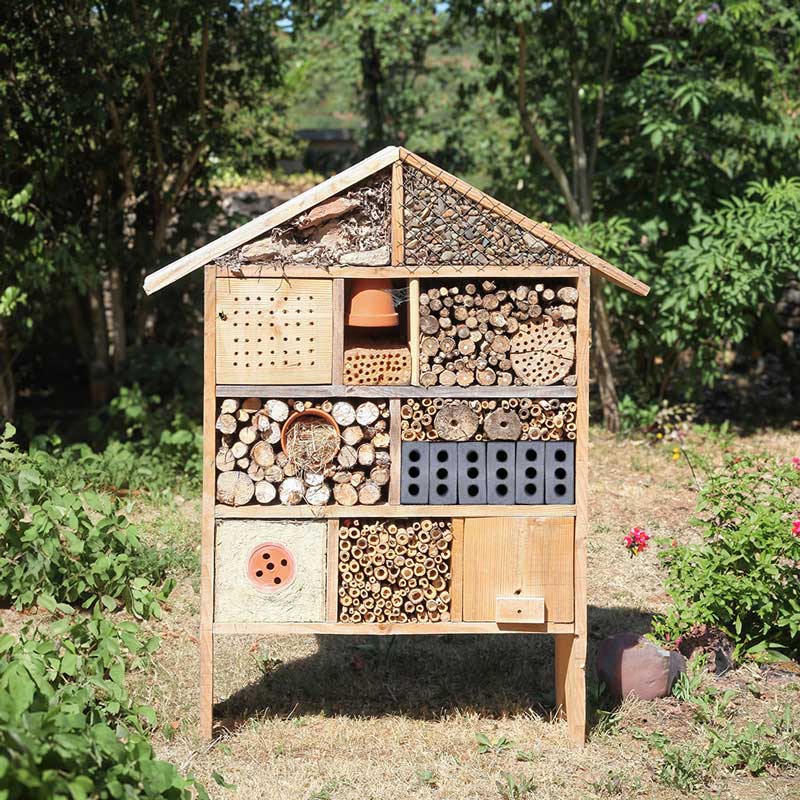
Enrich your soil with a compost heap
The compost heap is an absolute winner for insects. It will be a warm place for things like slow worms to live in and help enrich your soil, which, if you love gardening, is a grand bonus. Also, if you use a compost bin, it will keep the compost neat, tidy and hidden away.
Note: Don’t add bread or cooked food to the pile. This will attract rats.
You can find out more about the process in our how-to guide for making compost.
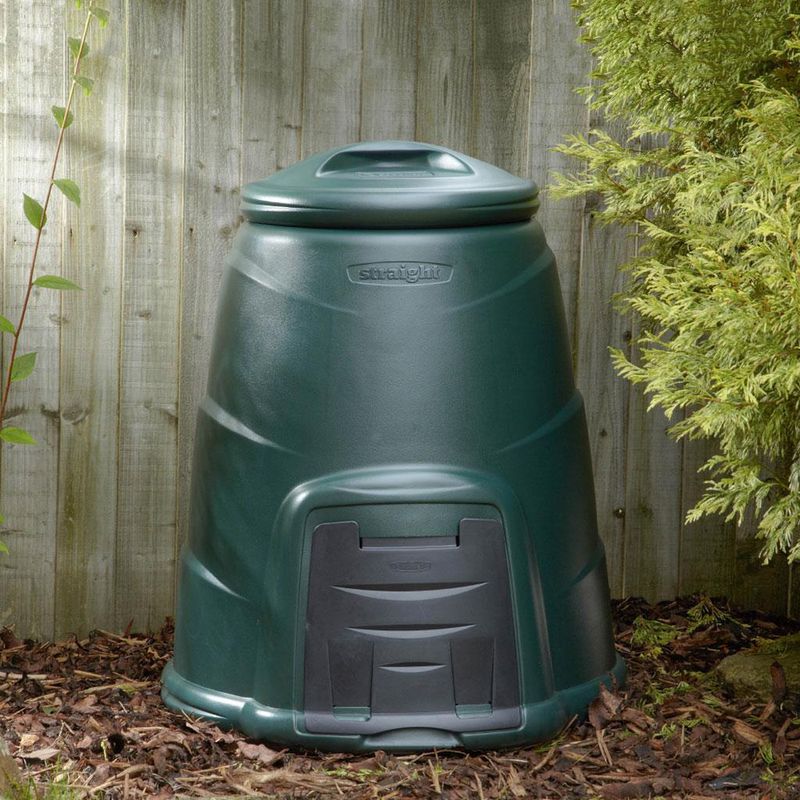
You’ll also find slugs and snails attracted to the heap. They are great recyclers of nature, so letting them hang around the pile is always good – especially if you’re attracting beetles, toads and thrushes to the area. Beetles and toads use slugs as a source of food, while thrushes are likely to go for the snails.
With that said, if you are hoping to use them as a food source for other wildlife, don’t use slug and snail pesticides. The chemicals will be poisonous to the wildlife and problematic in areas with drinking water sources.
If you’re not using a compost bin, be careful when moving the compost in winter. Compost heaps are warm areas for small animals like hedgehogs. This creates the perfect hibernation space, so take care and avoid disturbing the heap as much as possible.
Grow many, many flowers
Flowers are one of the best and most beautiful plants to add to your garden. They bring a wide array of colours and smells into your garden but, more importantly, are a wonderful source of food for bugs.
The more unique flowers you have, the more pollen and nectar your favourite critters like bees etc will have throughout the year.
Tip: Single-flowered breeds and native species plants are better for wildlife. If you have the means, opt for these.
Leave the weeds!
Weeds are difficult to handle, but don’t stress about them if you’re encouraging wildlife to settle in. Some of these weeds can be very valuable to wildlife, including:
- Dandelions
- Groundsel
- Brambles
Those listed along with similar weeds all have their purpose. They are especially important for the larvae of bugs like butterflies and moths. You’ve also got nettles, thistles and ragwort which are very important to certain caterpillar species that only eat from those plants.
Tip: To prevent the nettles from spreading, grow these in a pot or put them in a specific corner of the garden.
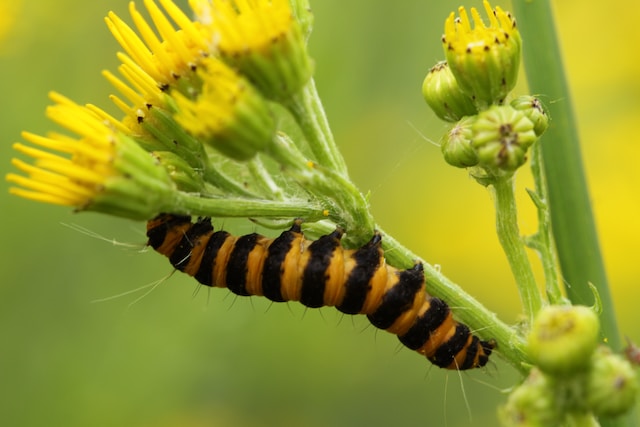
Not all weeds are bland, either. After a good amount of time, some can flower. This adds yet another source of pollen and nectar to the grounds, enabling more unique insects to stay in the garden.
How to attract small mammals to your garden
Leave a gap in the fence
Leaving some room for the little guys is always a bonus. If you love hedgehogs, frogs and other little creatures, make sure they can find their way into your garden by adding wildlife-friendly garden fencing with gaps at the bottom of the panels. This enables them to move in and out of the garden.
If you want to be extra protective, consider animal guidance tunnels and similar portals to help give the little visitors to your garden more cover between areas, especially near roads or heavy traffic locations. You can find out more about these in our range of wildlife conservation products.
Create small piles of twigs, compost etc
Hibernation and habitats are vital for many species of small animals. So, what better way to help them out than to create woodpiles? Here are some things you can use:
- Branches
- Twigs
- Compost
- Trimmings
- Logs with bark still attached
All these are great things that can serve as places for living, feeding and hibernation needs of small animals. Oh, and don’t forget the leaves. These piles are wonderful places for hedgehogs to climb into and hibernate as the space can be warm and dry. Do remember not to clear up these leave piles in winter, though, as you may disturb the spikey sleepers.
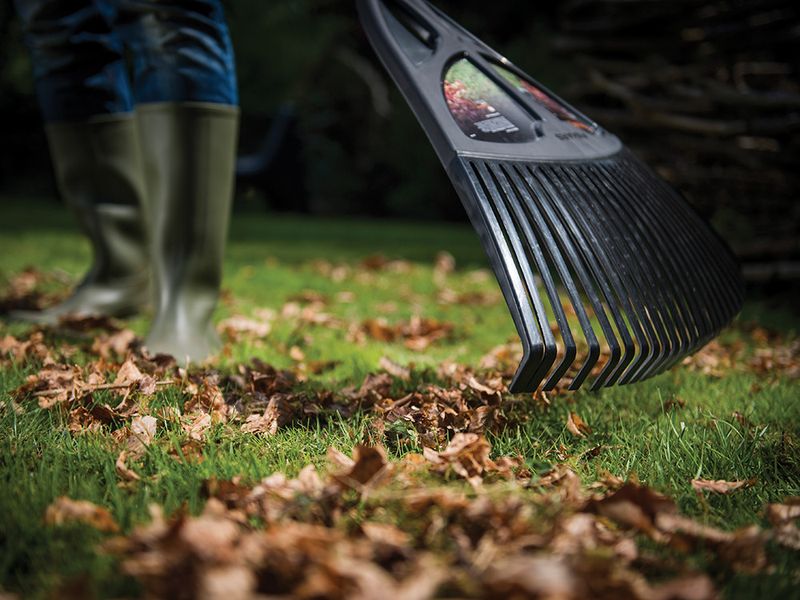
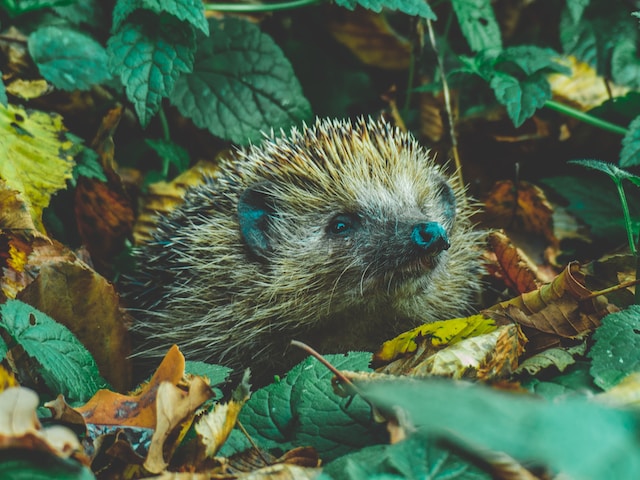
Did you know that decaying leaves are also great nutrition for soil? By leaving them to decompose, you can help increase your chances of having a greener garden during the summer season.
Mulch is also great for your garden, ensuring protection against frosty winters and summer droughts. It also lets something called mycorrhizal grow, which is a great nutrition source for plants. You can find out more about this fancy fungus at the Royal Horticultural Society.
Adjust artificial lighting positions
Artificial lights may seem harmless, but you may be surprised to learn they aren’t animal-friendly to animals that come out at night. An example of this is bats, and with 18 species of bat living in the UK, it’s important to do as much as possible for them.
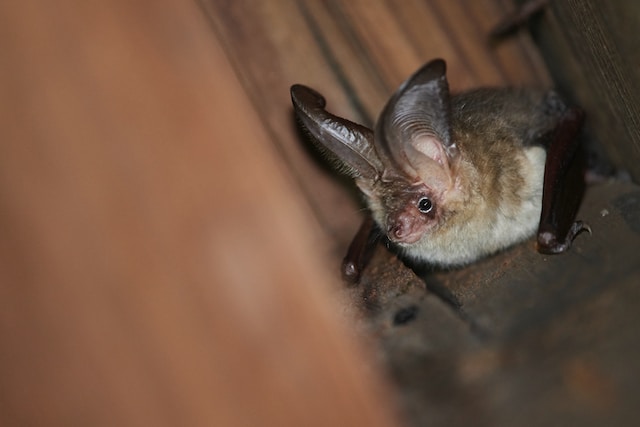
As a bonus for reducing or removing artificial lights, you’re helping plants and night-flying insects, too. Honeysuckle and evening primrose are two types of flowers that “night bloom”, which means they release scents after dark. As a result, this attracts insects for pollination.
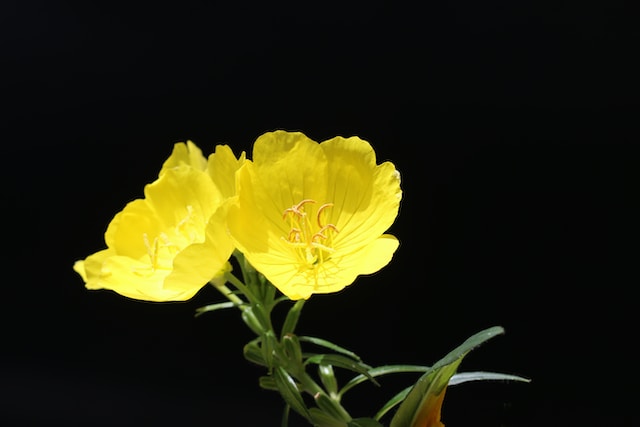
How to attract amphibians to your garden
A pond for a frog or two
Ponds are one of the best, most beautiful ways to welcome amphibians into your garden. You don’t even need to have a big pond to attract water-loving creatures.
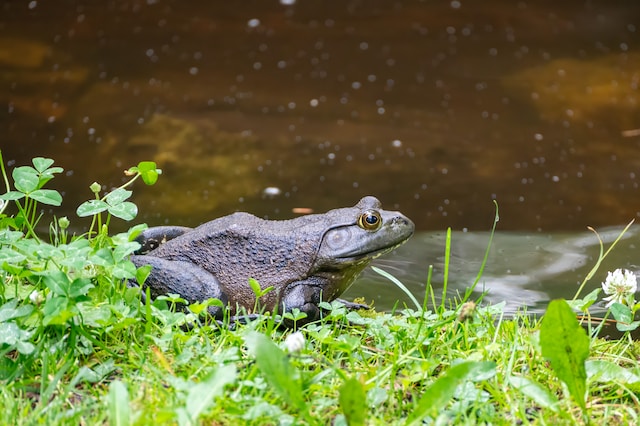
If you have a smaller garden or aren’t a fan of excess maintenance, you can opt for burying a bucket or trough into the ground and filling that with water for a small pond area.
If you’re a fan of bigger ponds and have the space, we have a guide dedicated to learning how to build a pond. So, check that out for more.
In the meantime, here are a few basic tips to make the pond more welcoming for your water critters:
- Ensure your pond has sloped sides. This will support wildlife who want to get in and out of the water (especially if they fall in by accident and need to escape!) or birds who want to drink from the source.
- Fill the pond with unchlorinated rainwater, preferably from a water butt (check out our water butt buyer’s guide to help you find the perfect one for your gardening needs).
- Add native, wildlife-friendly garden plants (e.g. hornwort for the UK to help keep the pond oxygenated) to invite other forms of wildlife, like pond skaters and dragonflies.
You’ve made it! You now know plenty of tips and tricks for making a garden more wildlife-friendly.
Want to know more about how to create healthy garden spaces? Check out our other help and advice articles for important information about landscaping, plant care and more to give your garden a vibrant, green glow.















